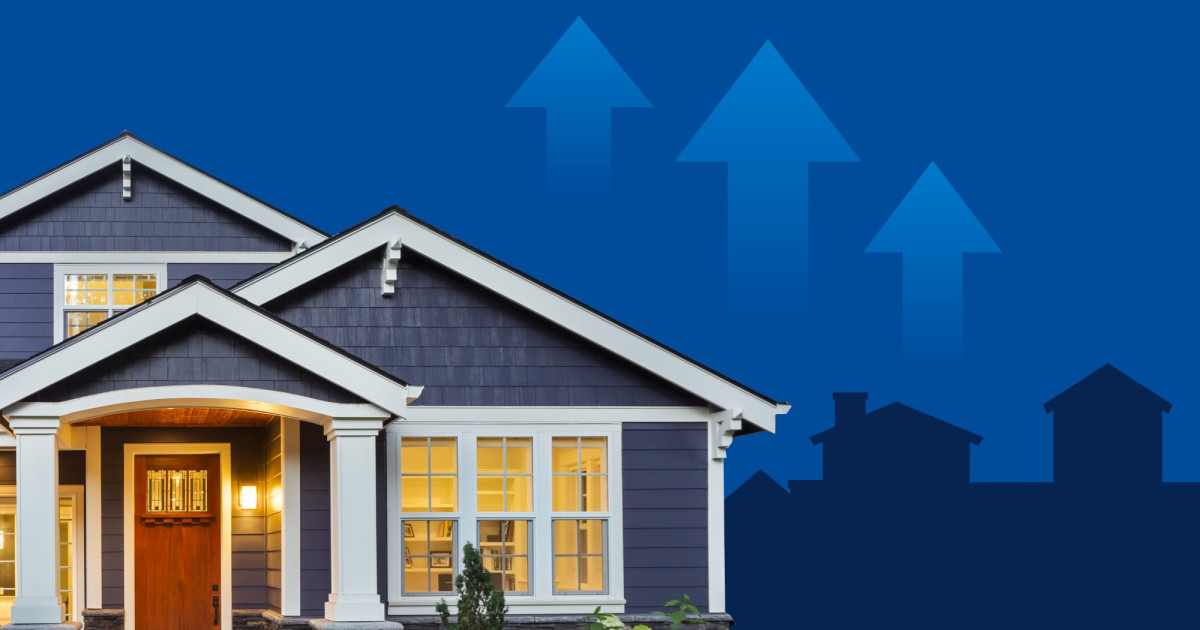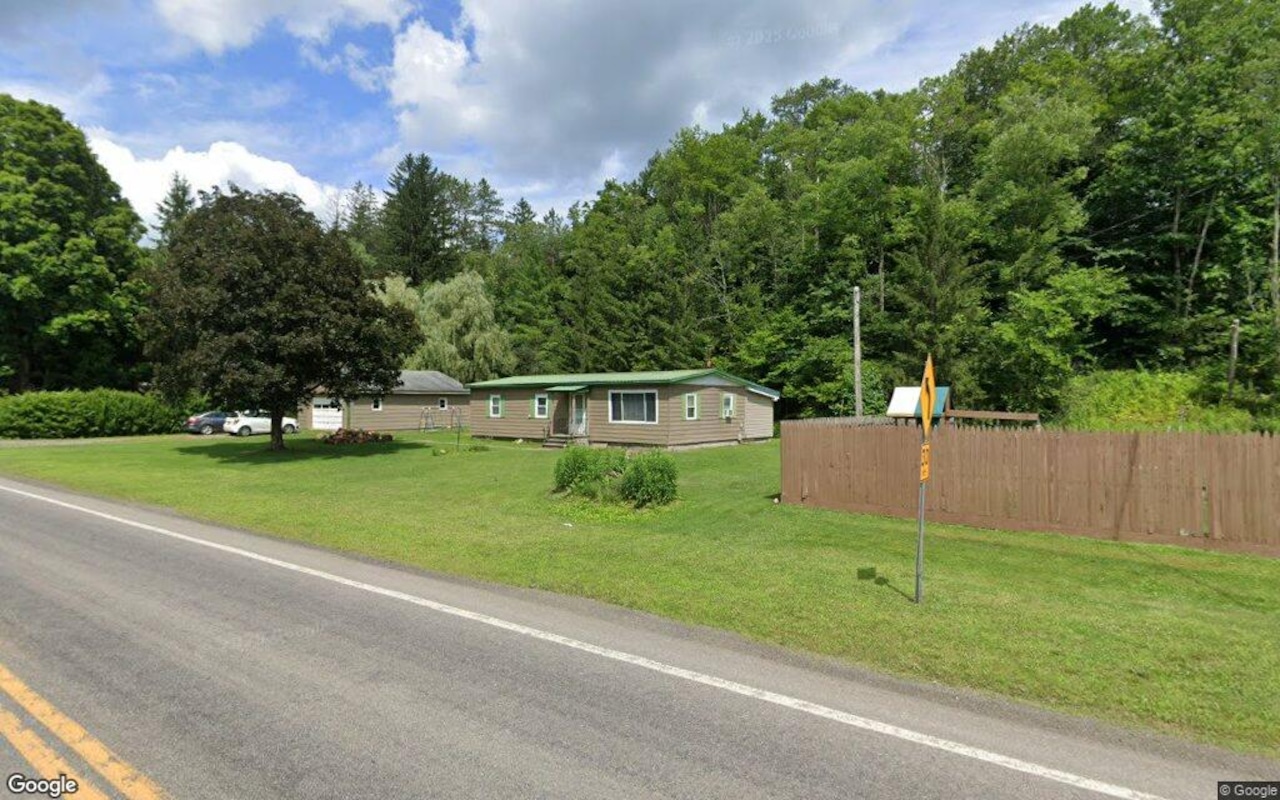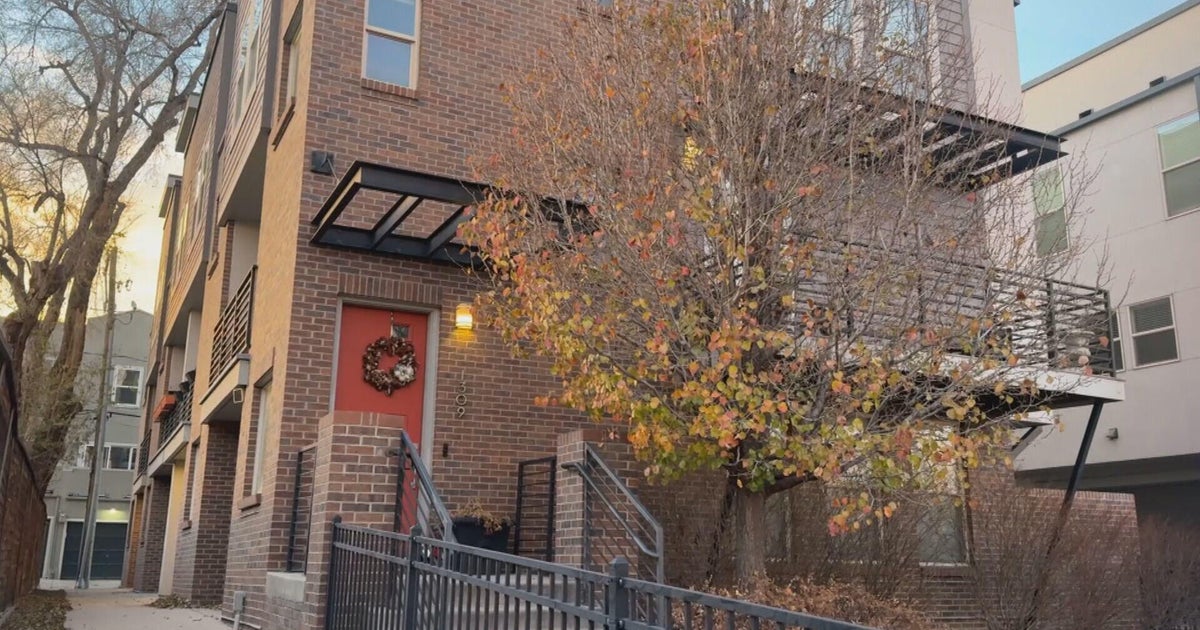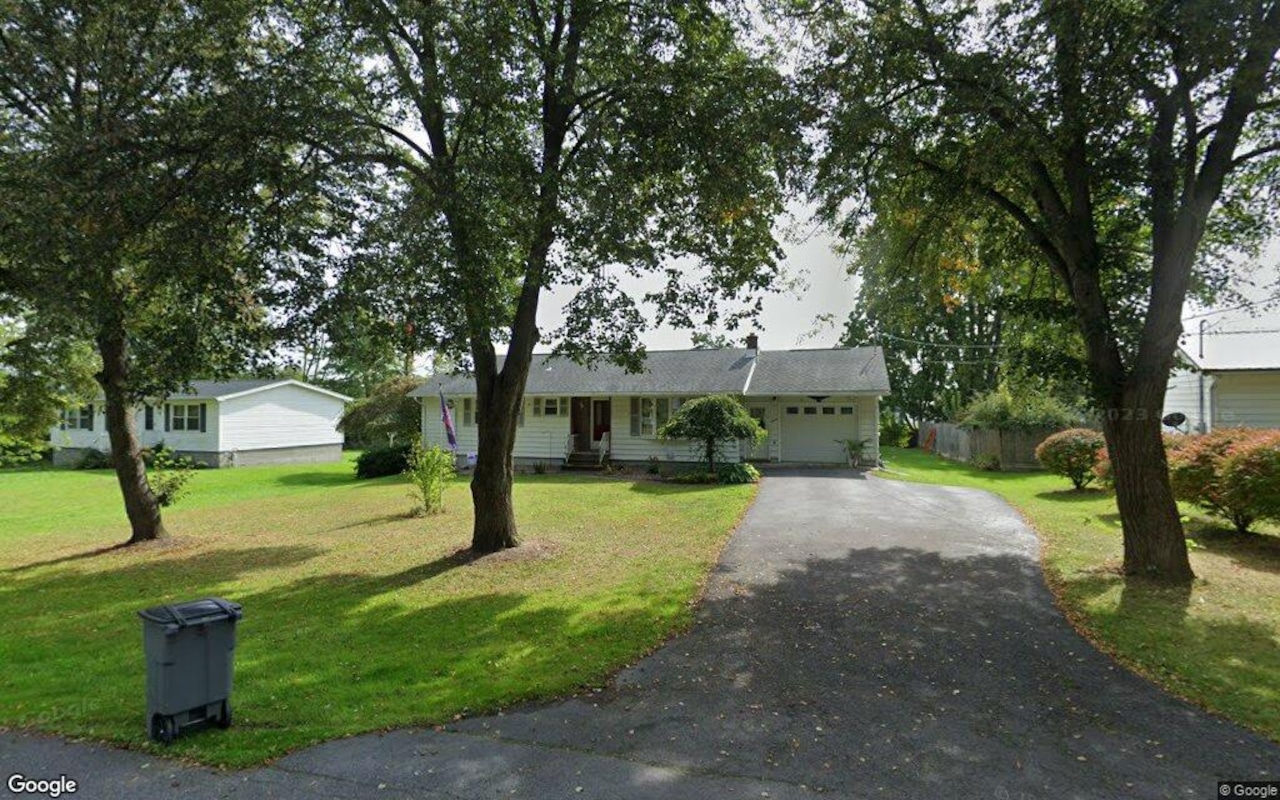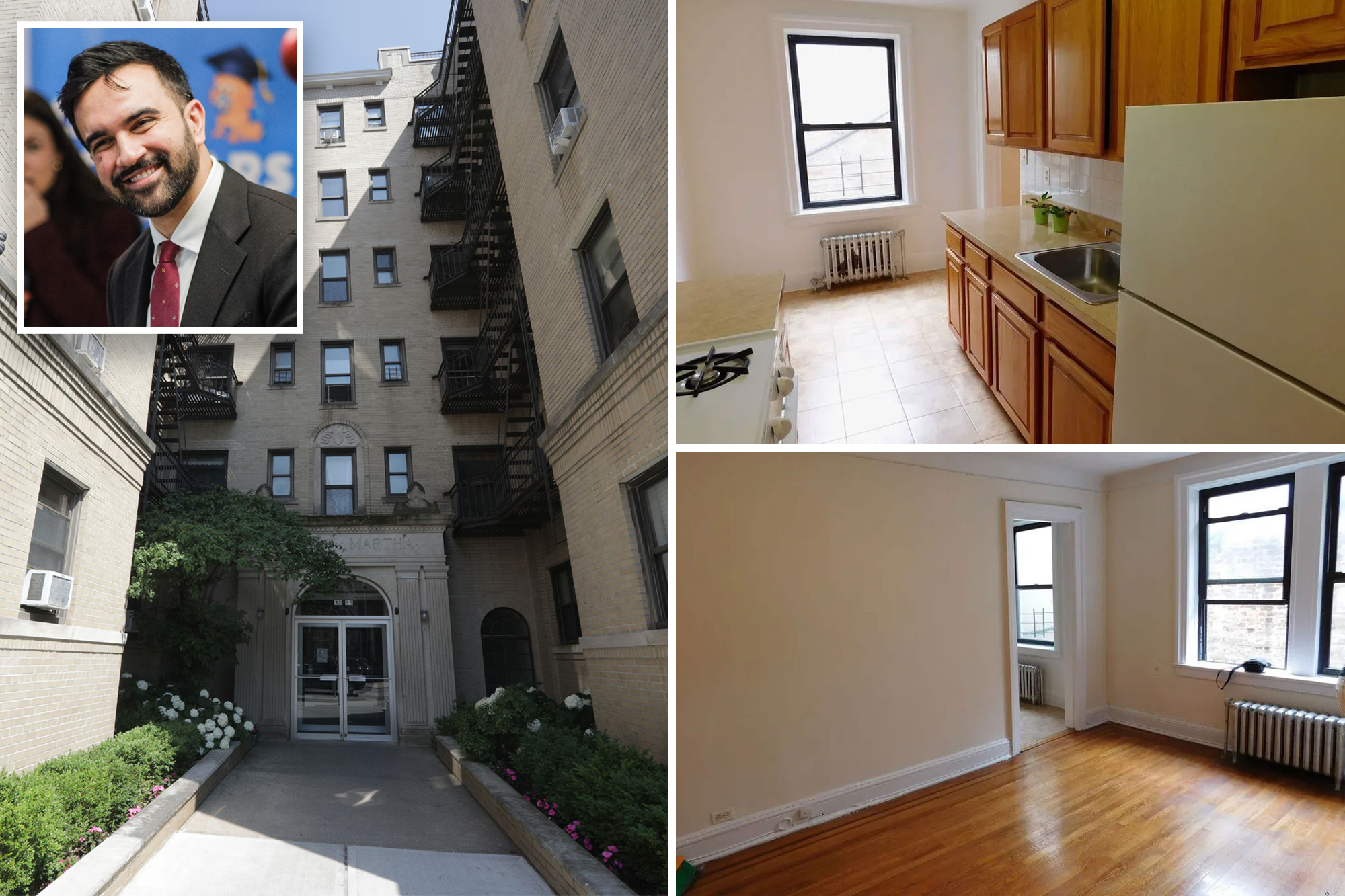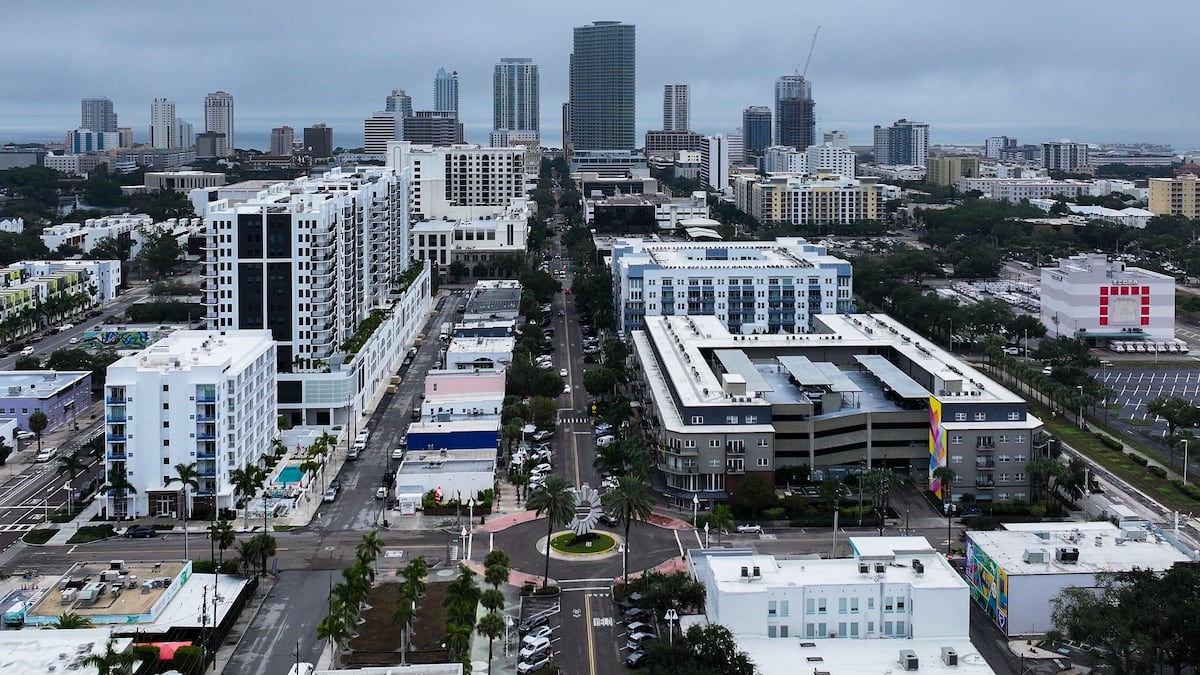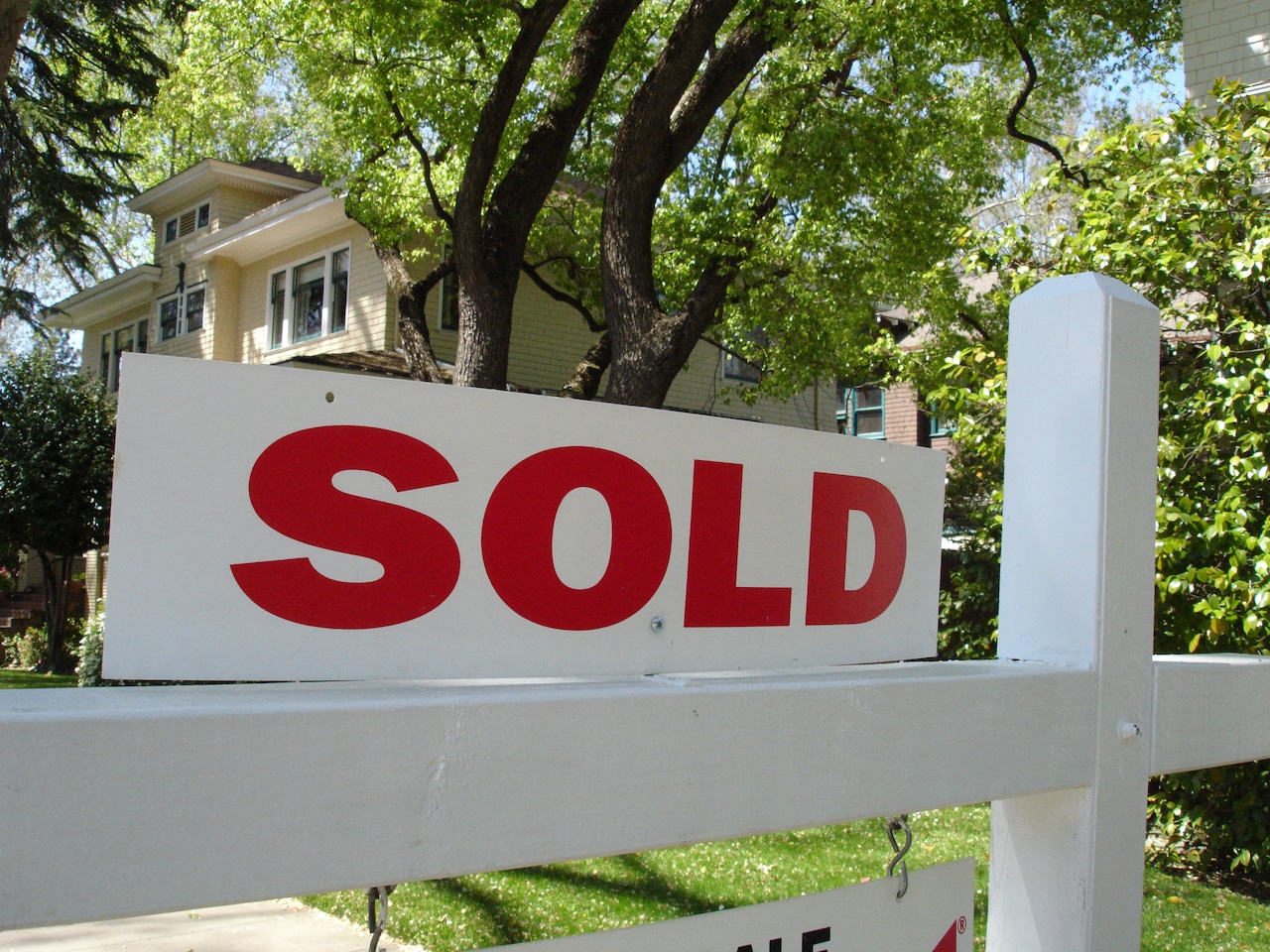T
he housing market has experienced a series of highs and lows in recent years, but home appreciation has consistently moved in one direction: upward. However, there are signs that this trend may be changing.
Over the past 12 years, home appreciation rates have been on an upward trajectory, with U.S. home prices increasing by 5.7% in the second quarter compared to the same period last year, according to a report released by the Federal Housing Finance Agency on Aug. 27. This marks a positive annual appreciation for the 12th consecutive quarter since the start of 2012.
However, the pace of growth has slowed for the past three quarters, likely due to factors such as increased inventory and elevated mortgage rates. Anju Vajja, deputy director for FHFA's division of Research and Statistics, attributed this slowdown to these factors.
The FHFA report aligns with data from the latest Case-Shiller U.S. National Home Price Index, which also showed a 5.4% year-over-year rise in June. The FHFA uses loan purchasing data from Fannie Mae and Freddie Mac for its index, while Case-Shiller uses a composite of single-family home price data for the nine U.S. Census divisions.
In terms of regional performance, the states where home appreciation rose the fastest in Q2 were mostly in the Northeast. Vermont had the highest year-over-year increase, jumping 13.4%, followed by West Virginia (up 12.3%) and Rhode Island (up 10.1%).
On the other hand, Idaho (up 1.1%) and Louisiana (up 1.2%) had the slowest home appreciation growth.
Among metro areas, Syracuse, New York, had the highest annual appreciation at 14.2%, while Austin, Texas, and Fort Myers, Florida, each posted a 3.2% decline year-over-year.
New York City was the top performer in the Case-Shiller composite list of 20 metro areas, rising 9% year-over-year, while Portland, Oregon (up 0.8%) was the slowest.
While the Case-Shiller index has seen price gains slow in recent months, the growth is still remarkable in the context of record-high home prices and mortgage rates that were near 7% in the second quarter, according to Lisa Sturtevant, chief economist at Bright MLS.
Inventory levels are still low by historical standards, which suggests that there is no evidence of a major home price drop nationally in 2024, according to Sturtevant. However, there could be some mild relief this fall as seasonality pushes down prices and inventory builds.
